Boron carbide (B4C) ceramics have garnered significant attention in various industries due to their exceptional properties such as high hardness, low density, chemical inertness, and excellent neutron absorption capabilities. These characteristics make boron carbide ceramics indispensable in applications ranging from armor materials to nuclear reactor shielding. However, achieving the desired properties requires meticulous control over the fabrication process, particularly sintering.
Sintering, a critical stage in the production of ceramics, involves the consolidation of powdered materials into a solid mass through the application of heat and pressure. Understanding the intricacies of the sintering process is paramount for optimizing the properties of boron carbide ceramics. In this article, we delve into the fundamentals of sintering and explore its application in the production of boron carbide ceramics.
Fundamentals of Sintering
Sintering is a complex thermomechanical process governed by various parameters including temperature, pressure, time, and the characteristics of the starting materials. The primary objective of sintering is to achieve densification while minimizing grain growth and maintaining the desired microstructure.
The process can be divided into several stages:
- Initial Stage: In this stage, loosely packed powder particles are subjected to heat. As the temperature rises, the particles begin to bond through diffusion mechanisms, forming necks between adjacent particles.
- Intermediate Stage: As sintering progresses, the necks between particles grow, leading to increased particle rearrangement and compaction. This stage is characterized by the development of a network of interconnected pores.
- Final Stage: At elevated temperatures, the pores continue to shrink as more material is transported to the neck regions through diffusion. The ceramic undergoes further densification until the desired density is achieved.

After the powder is prepared, we will enter the next stage, which is the sintering of boron carbide ceramics, which is a very critical step. Ceramic sintering has been a very difficult process since ancient times.There are many uncertain factors in the sintering process, and these factors will directly affect the quality of ceramic products.
Let’s take a look at the current sintering processes of boron carbide ceramics. The main methods of sintering boron carbide ceramics are:There are four main types of boron carbide ceramic sintering: hot isostatic pressing, pressureless sintering, spark plasma sintering, and hot pressing.
Hot Isostatic Pressing Sintering
The biggest difference between HIP sintering and other sintering methods is that it can achieve densification without additives. Not only that, but this method also achieves a fine-grained microstructure and high flexural strength. The main steps are:
- First, pressureless sintering is performed to obtain boron carbide without openings and communicating pores.
- The remaining closed pores are eliminated by hot isostatic pressing, so as to achieve complete densification. In this process, the temperature is generally controlled at 1950-2050 °C.
Pressureless Sintering
Pressureless sintering of boron carbide ceramics is also a relatively common sintering method. It uses additives (additives include element additives such as C, Fe, Al, Ti, Ni, Cr, B, Cu, Mg, etc., and metal oxide additives include : Al2O3, TiO2, Y2O3, ZrO2, Fe2O3, carbide additives: SiC, Be2C, TiC, WC, etc., and boride additives: TiB2, CrB2, W2B3.) Remove the oxide layer on the surface of boron carbide to improve point defects or dislocation density to improve the activation of grain boundaries and bulk diffusion, resulting in higher densities (95-98%) at slightly lower temperatures (2100-2200 °C).
The advantage of pressureless sintering is that boron carbide ceramic products with complex shapes can be prepared. However, the boron carbide ceramics fired in this way often have the phenomenon of excessive grain growth, and also contain a porosity of 3-7 Vol.%, as well as the problems of low material strength and toughness.
Spark Plasma Sintering
Spark plasma sintering is a new sintering process that has only appeared in recent years, which enables fast and efficient sintering of materials at lower temperatures.In the sintering process, the discharge plasma generated instantaneously when the electrode is fed with a large pulsed DC current makes each particle in the sintering system evenly generate Joule heat to activate the surface of the particle, so as to achieve the goal of sintering and molding.
Spark plasma sintering utilizes the heat energy emitted by the ceramic powder itself to complete this process, so the energy consumption is low. At the same time, the powder is uniformly heated due to the dispersed distribution of the discharge points. Due to the effective discharge between the particles, a local high temperature is generated, which makes the oxide film on the surface of the particle fall off and the surface locally melts. This process can achieve the purpose of high densification and sintering of boron carbide ceramics without sintering aids. Products fired in this way tend to have a Pintejin structure and controllable chemical composition.
Hot Pressing Sintering
Finally, let’s take a look at the fourth sintering method – hot pressing sintering. This is a method of using high temperature and applying a certain pressure to make boron carbide powder particles rearrange and generate plastic flow, thereby causing grain boundary slip and strain-induced twinning, creep and volume diffusion. Under the combined action of these motions, high-density and high-strength boron carbide ceramics can be prepared.
The boron carbide ceramics prepared by hot pressing sintering have higher density and better mechanical properties, so the price of this material is also higher. The neutron absorption capacity of hot-pressed sintered boron carbide ceramics is stronger than that of pressureless sintered ones. Hot-pressed sintered boron carbide ceramics are ideal for absorbing neutrons without generating radioactive elements.
The above four types of sintering methods are currently several mainstream sintering methods for boron carbide ceramics. In the next article, we will focus on “boron carbide ceramic machining technology”, so stay tuned!
Factors Influencing Sintering of Boron Carbide Ceramics
Several factors influence the sintering behavior and final properties of boron carbide ceramics:
- Particle Size and Morphology: The size and morphology of boron carbide particles play a crucial role in sintering. Fine particles facilitate densification due to increased surface area for diffusion, while irregular shapes can hinder particle packing.
- Sintering Additives: The addition of sintering aids such as carbon, carbonaceous materials, or boron-containing compounds can enhance densification and control grain growth during sintering.
- Sintering Atmosphere: The choice of sintering atmosphere, whether inert, reducing, or oxidizing, can significantly impact the properties of boron carbide ceramics by influencing the kinetics of reactions and the stability of the material.
- Sintering Temperature and Pressure: Optimal sintering parameters, including temperature and pressure, must be carefully controlled to achieve the desired microstructure and properties while avoiding thermal degradation or excessive grain growth.
- Doping and Alloying: The addition of dopants or alloying elements can modify the properties of boron carbide ceramics, affecting sintering behavior, hardness, and thermal stability.
Applications of Boron Carbide Ceramics
Boron carbide ceramics find diverse applications across various industries:
- Armor Materials: Boron carbide is widely used in ballistic armor due to its exceptional hardness and lightweight nature, providing protection against high-velocity projectiles and shrapnel.
- Nuclear Industry: Boron carbide is employed as a neutron absorber in nuclear reactors and spent fuel storage applications, where its high neutron absorption cross-section helps mitigate radiation hazards.
- Cutting Tools and Abrasives: The hardness and wear resistance of boron carbide make it suitable for cutting tools, grinding wheels, and abrasive powders used in machining and surface finishing applications.
- Refractory Materials: Boron carbide ceramics exhibit excellent thermal stability and resistance to chemical corrosion, making them ideal for high-temperature applications such as furnace linings and crucibles.
About China Advanced Ceramic CNC Machining Company - Be-Cu
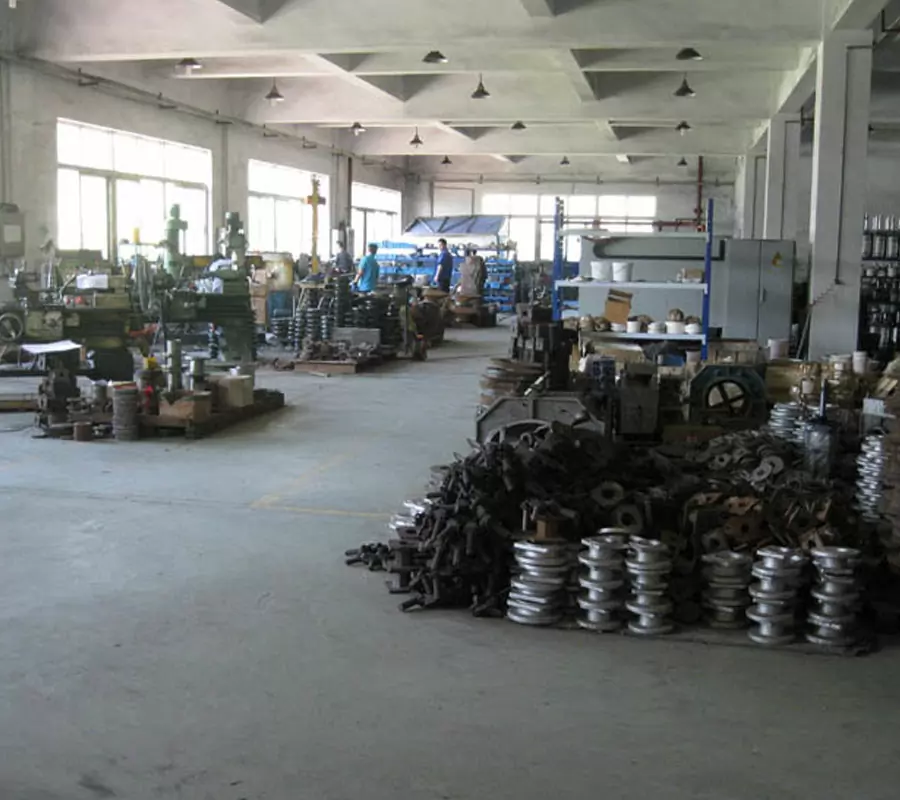
Manufacturer of precision machined components. Ceramic cnc machining components include high dielectric strength, electrical & corrosion resistance, & non-porous & non-shrinking properties.Manufacturer of high temperature fabricated and machinable ceramics including alumina, glass-ceramic, alumino-silicate, boron nitride and zirconium phosphate. Adhesives, coatings and potting compounds to 3200 degrees F,Air firing services for ceramics up to 1650 degrees C also available. Products include insulators, guides, washers, tubes, blocks, & rods for thermal, electrical, corrosion exposure, structural, wear, & semi-conductor operations. Services include machining to tolerances of +/- .0001, ultrasonic core drilling, centerless grinding, milling, & ID & OD threading.Surface grinding, dicing, OD (outer dia.) grinding, ID (inner dia.) grinding, centerless grinding, hole drilling, jig grinding, lapping, honing & polishing service are also available. Diamond grinding with dimensional tolerances of 5 microns & surface finishes of 0.2 microns (8 micro-in.) can be performed.Blanket orders and AutoCAD files & other 3d files accepted.Contact us for your machining ceramic project!
-
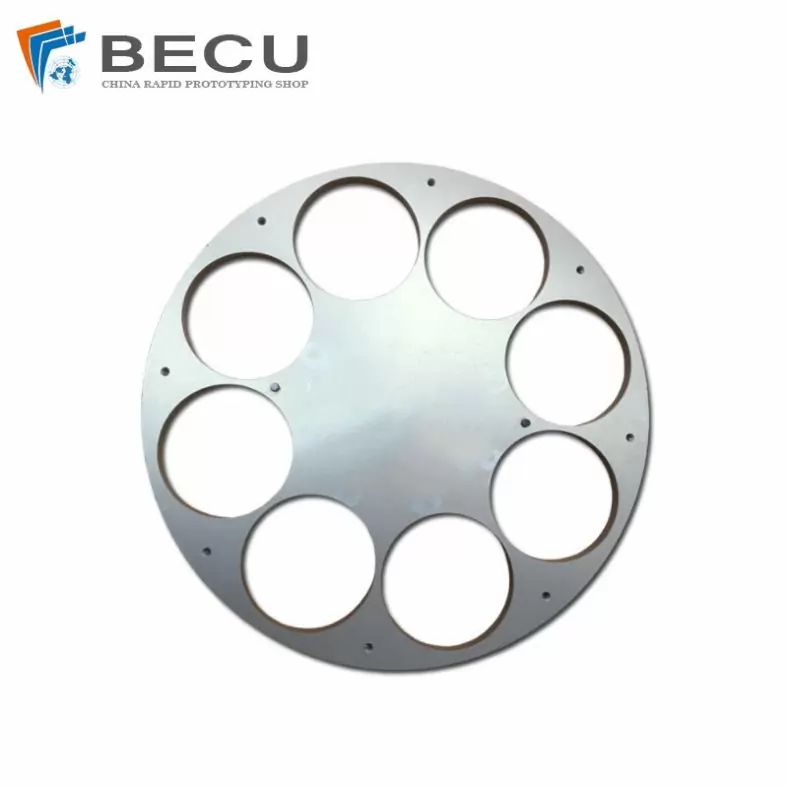
Metal Plating ZrO2 Zirconia Ceramic Parts
-
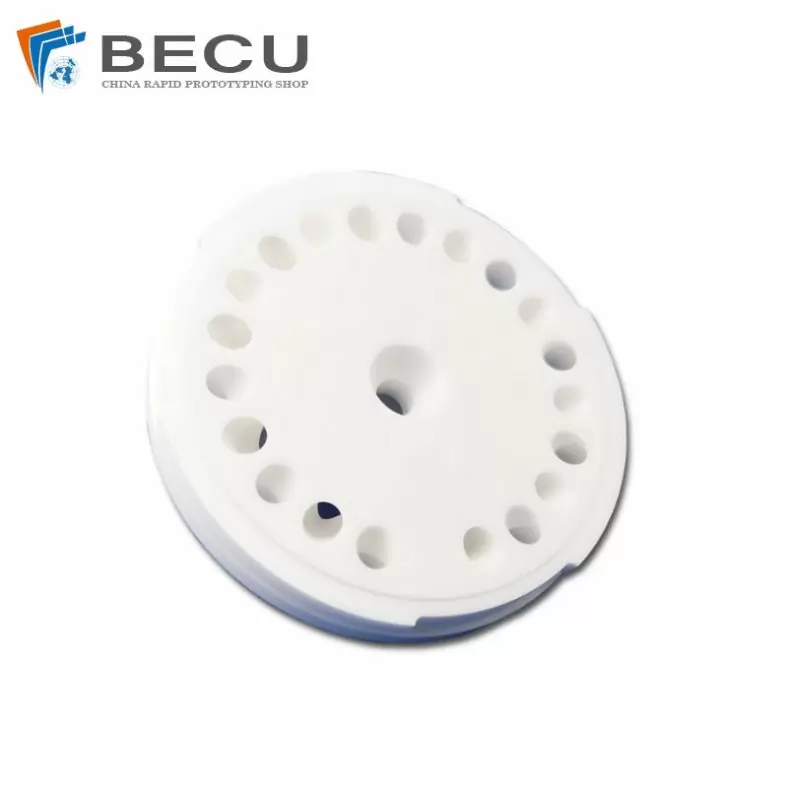
ZrO2 Structural Ceramic Semiconductor Parts
-

Alumina Ceramic Screw Type Parts
-
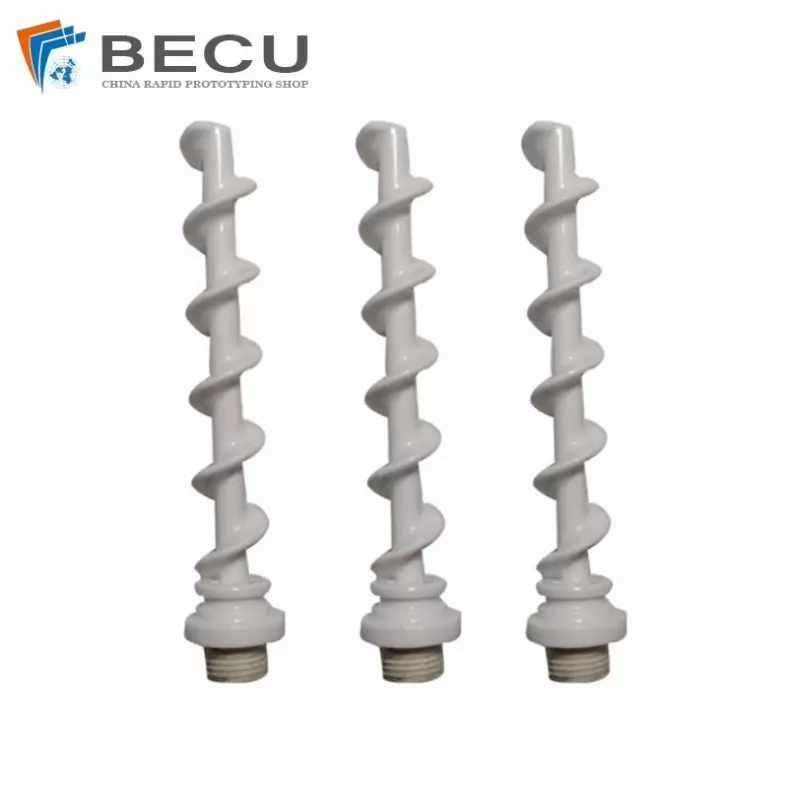
Cnc Machining Alumina Ceramic Screw Heating Pipe
-
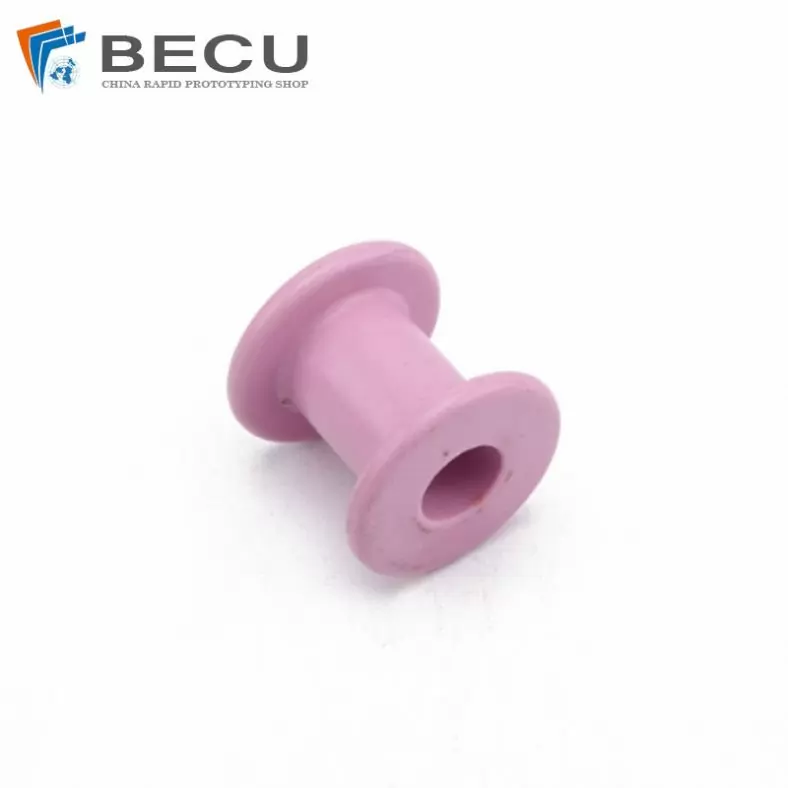
Brushed Fishing Tackle Alumina Ceramic Accessories
-

Winding Machine Alumina Ceramic Wire Wheel
-

Insulation Device Microcrystalline Ceramic Multi-Slot Ceramic Column
-
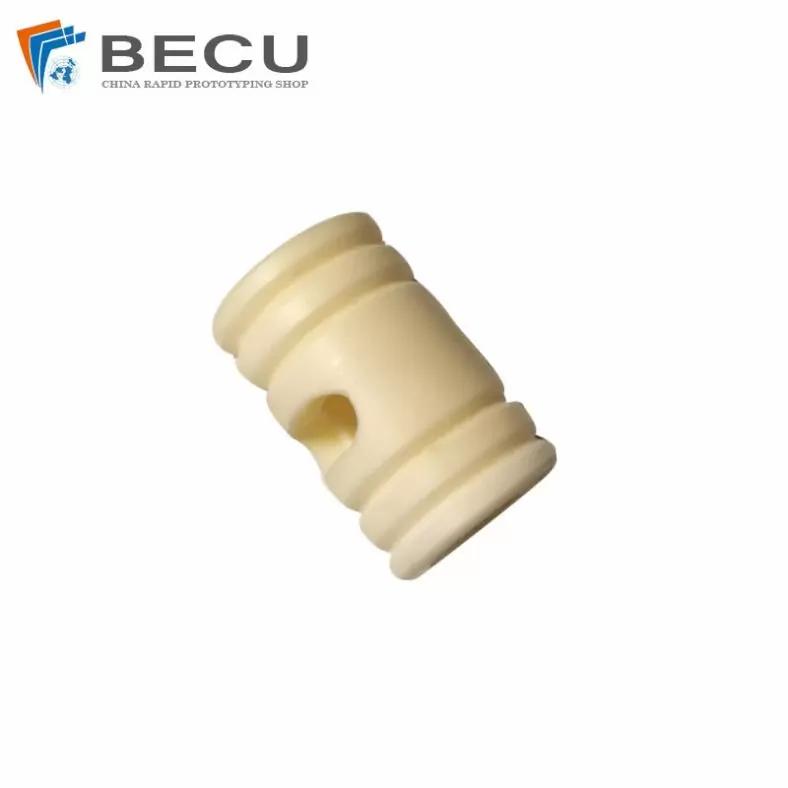
99 Alumina Ceramic Spool Insulator Sleeve
-
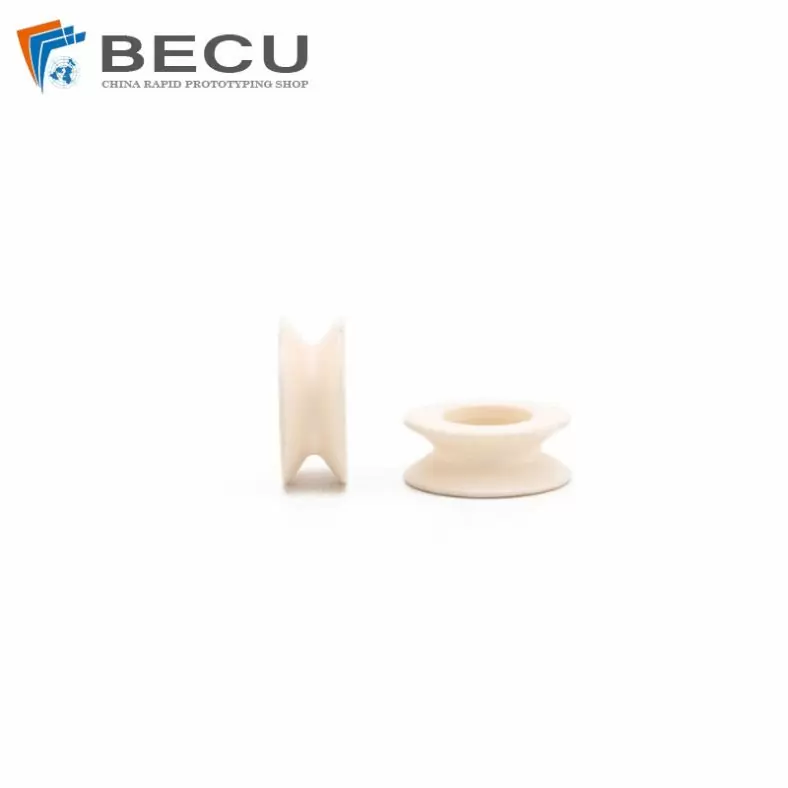
The Alumina Ceramic Ring Of Textile Machine Thread Passing Wheel
-

Isostatic Pressure Insulation Alumina Ceramic Column
